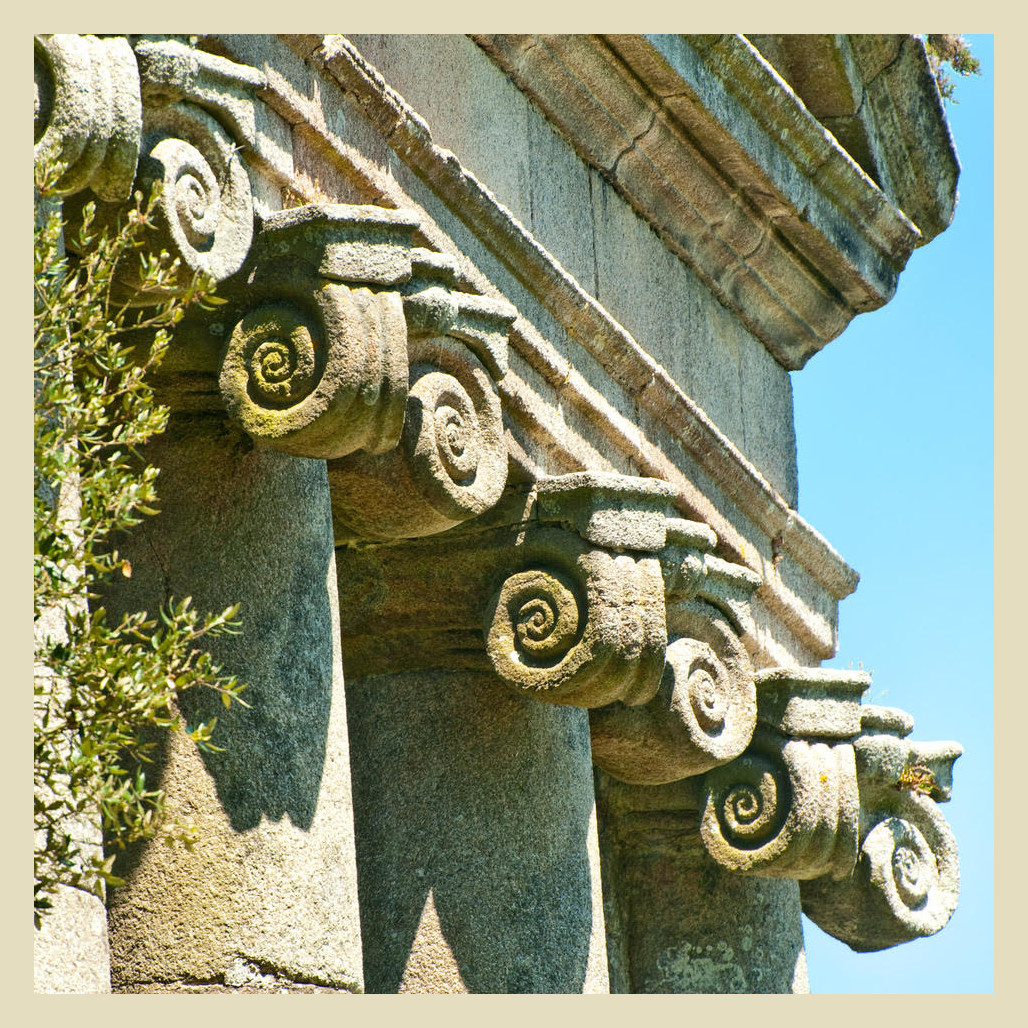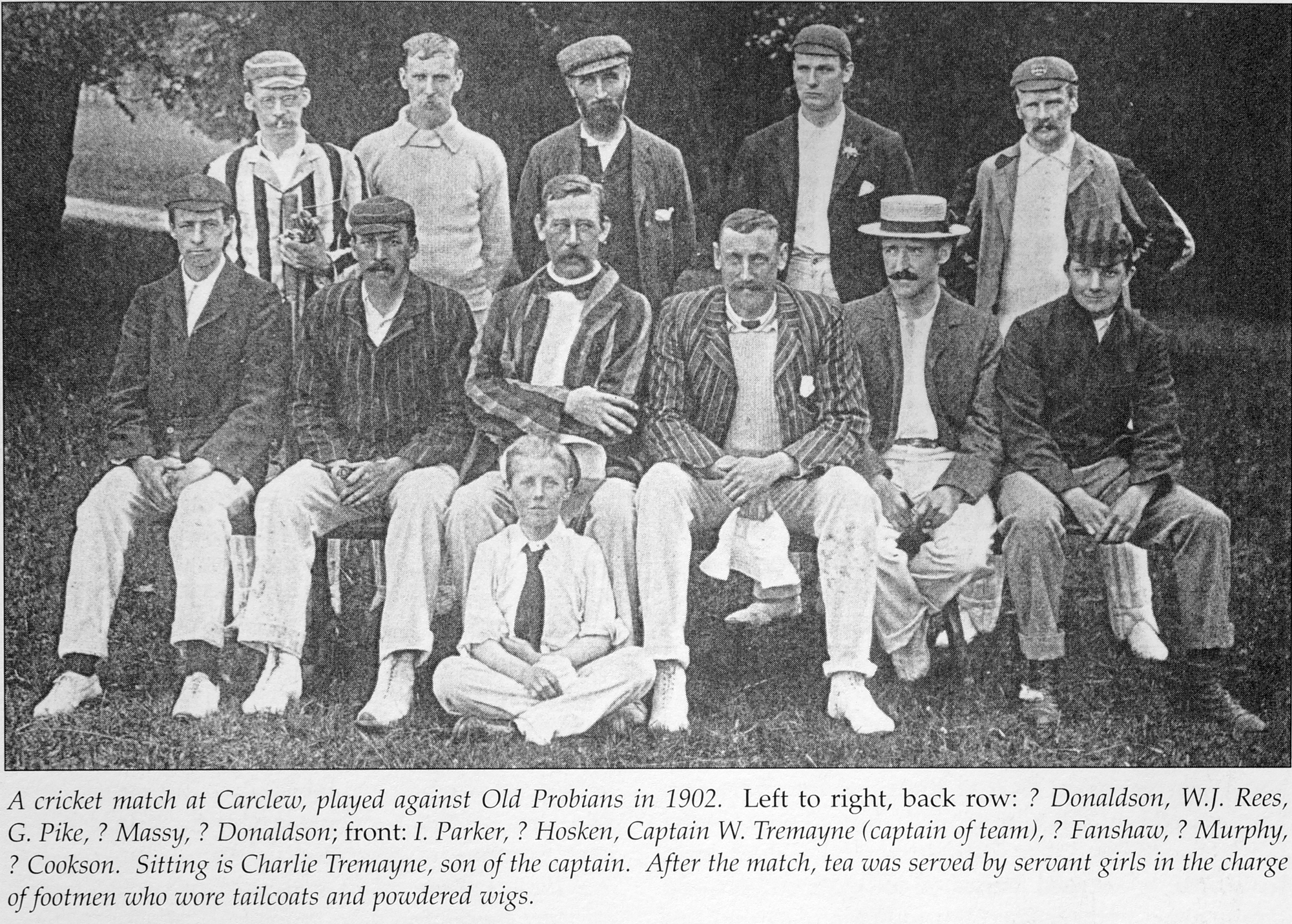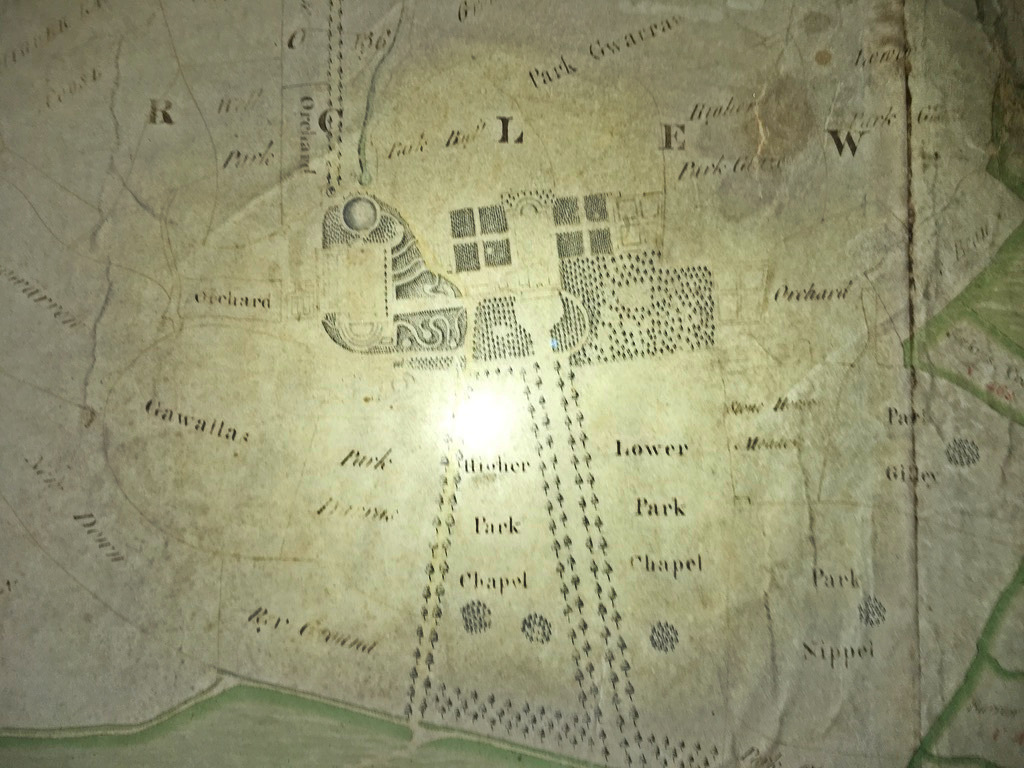We regularly share stories about the people, the lands, and the physical presence connected to Carclew.
Keep up with the latest articles by signing up for our email newsletter in the box below.
-
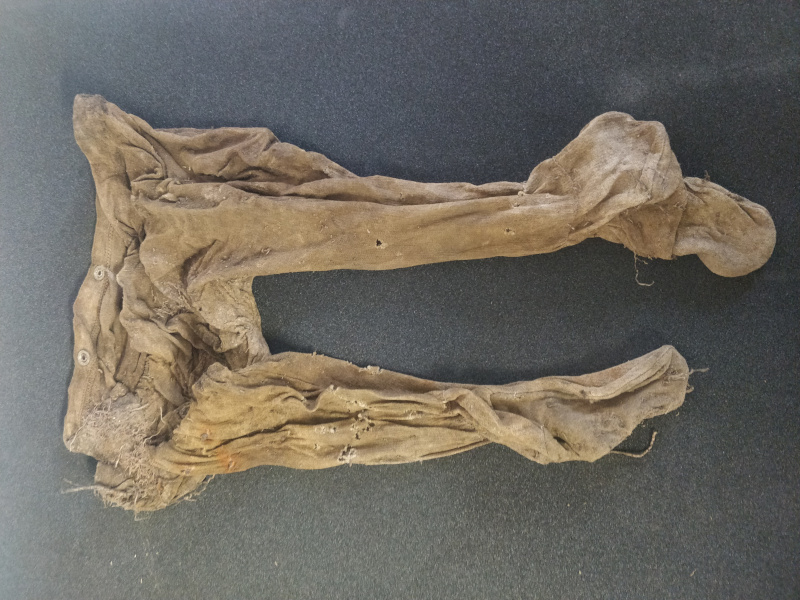
Babygrow
A place of refuge series, Part 1
In 1937 the Quaker Arthur Pearce Jenkin of Redruth bought the Mansion and adjoining land. He gave Carclew to the Society of Friends (the Quakers), free of rent for ten years to help refugees fleeing persecution by the Nazis in Europe. This was to be called ‘The Carclew Project’. -
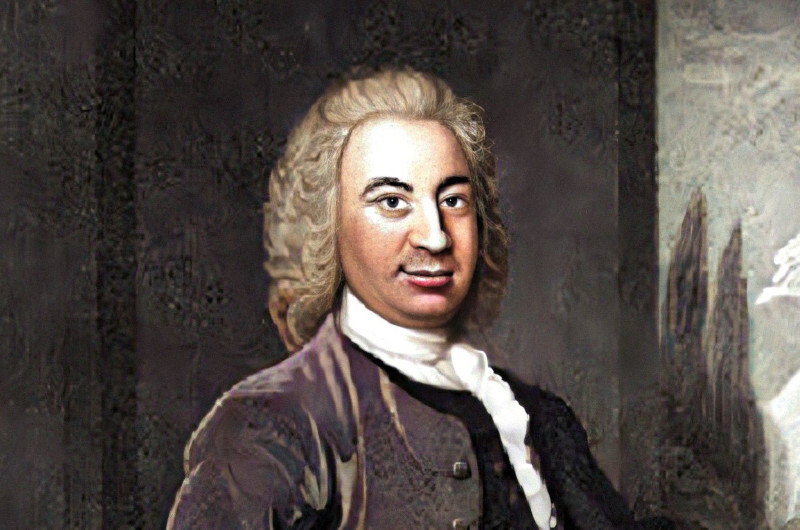
The Ancestry of the ‘Great’ William Lemon of Carclew
The ‘Great’ William Lemon was instrumental in helping to transform Cornwall’s economic, political and cultural landscape. Who was he and what is his legacy? William was by all accounts a formidable man. He was married to Isabelle Vibert who has been described as his intellectual equal.
-
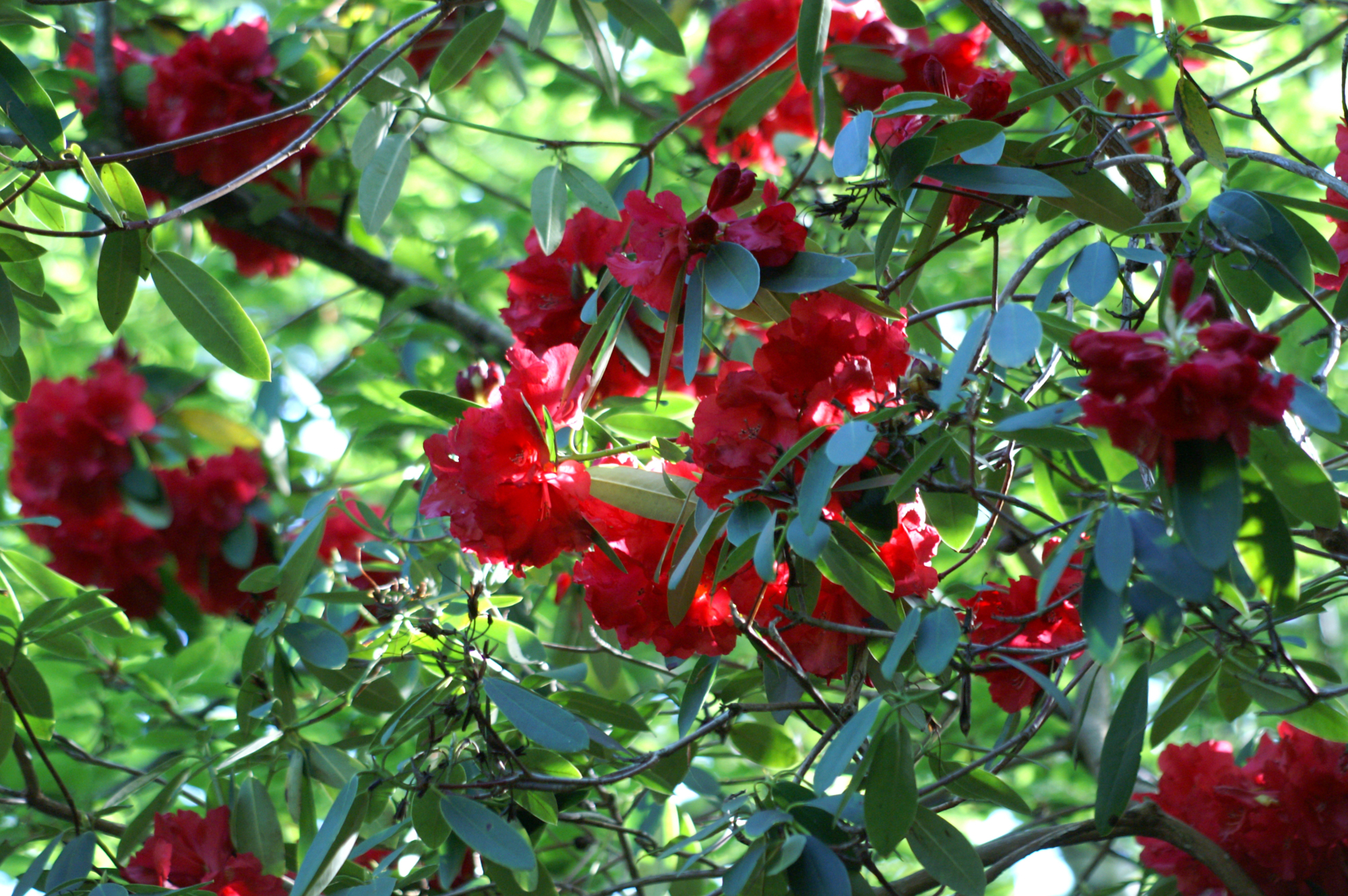
Exploring the Four Corners of the World
The Himalayan Woodland Series, Part 1
In spring, the woods at Carclew are festooned with colourful vibrating jewels reaching to the skies, illuminating and transforming the normally green foliage into a magical Himalayan paradise. -
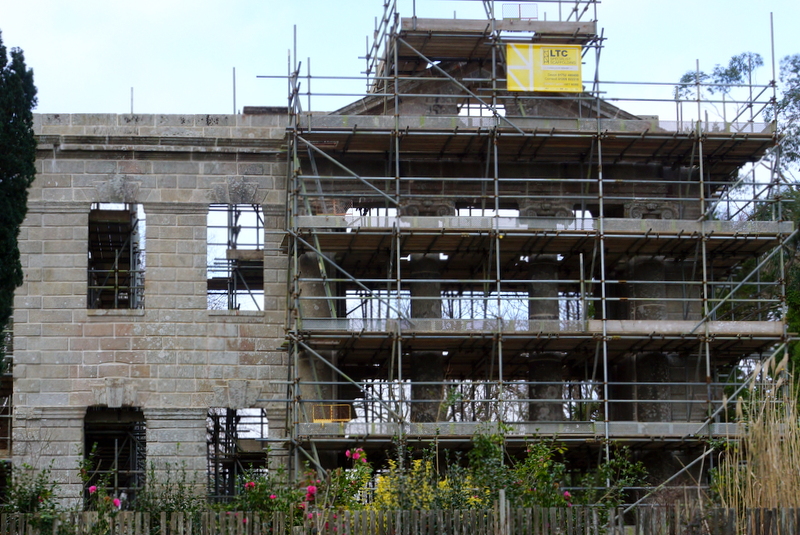
Interview with Chris Miners – Historic England Heritage At Risk Architect
In 2017 Chris Miners from Historic England visited Carclew Mansion, then an overgrown romantic ruin, and said, “This is too much for one family to be taking on – how can we help?” Over the years Chris has stood by Carclew, guiding the house and adjacent grounds towards its long term future.
-
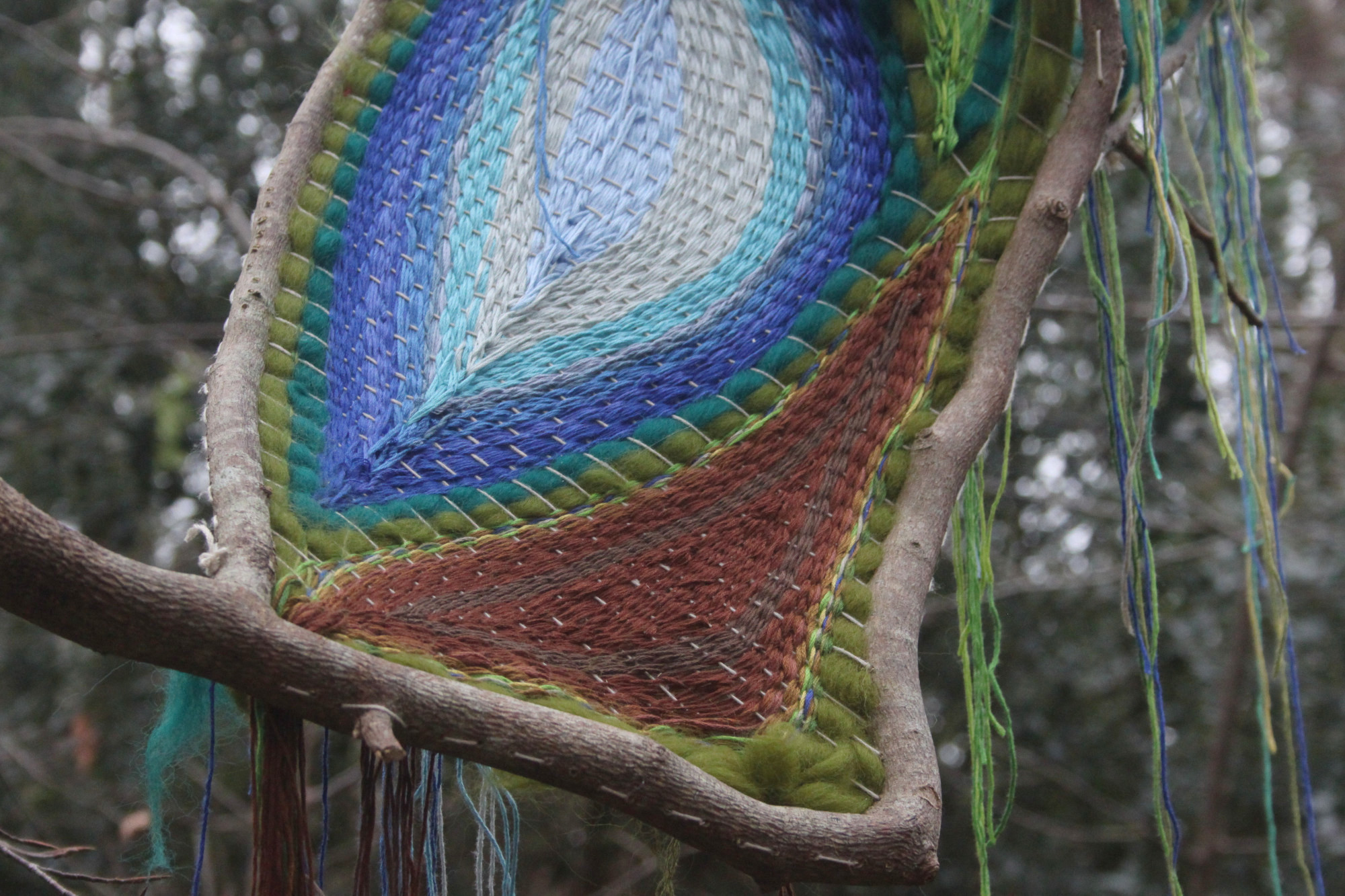
The Interplay Between Art And Nature – Floriemae Elvidge, Artist And Forest School Leader
By Floriemae Elvidge
Nature has always been a big part of my life, from long rolling summers in a field on the Welsh coast, to forming a bond with a weeping willow in my local park, nature and its complicated beauty will always be a significant part of my artistic journey. -
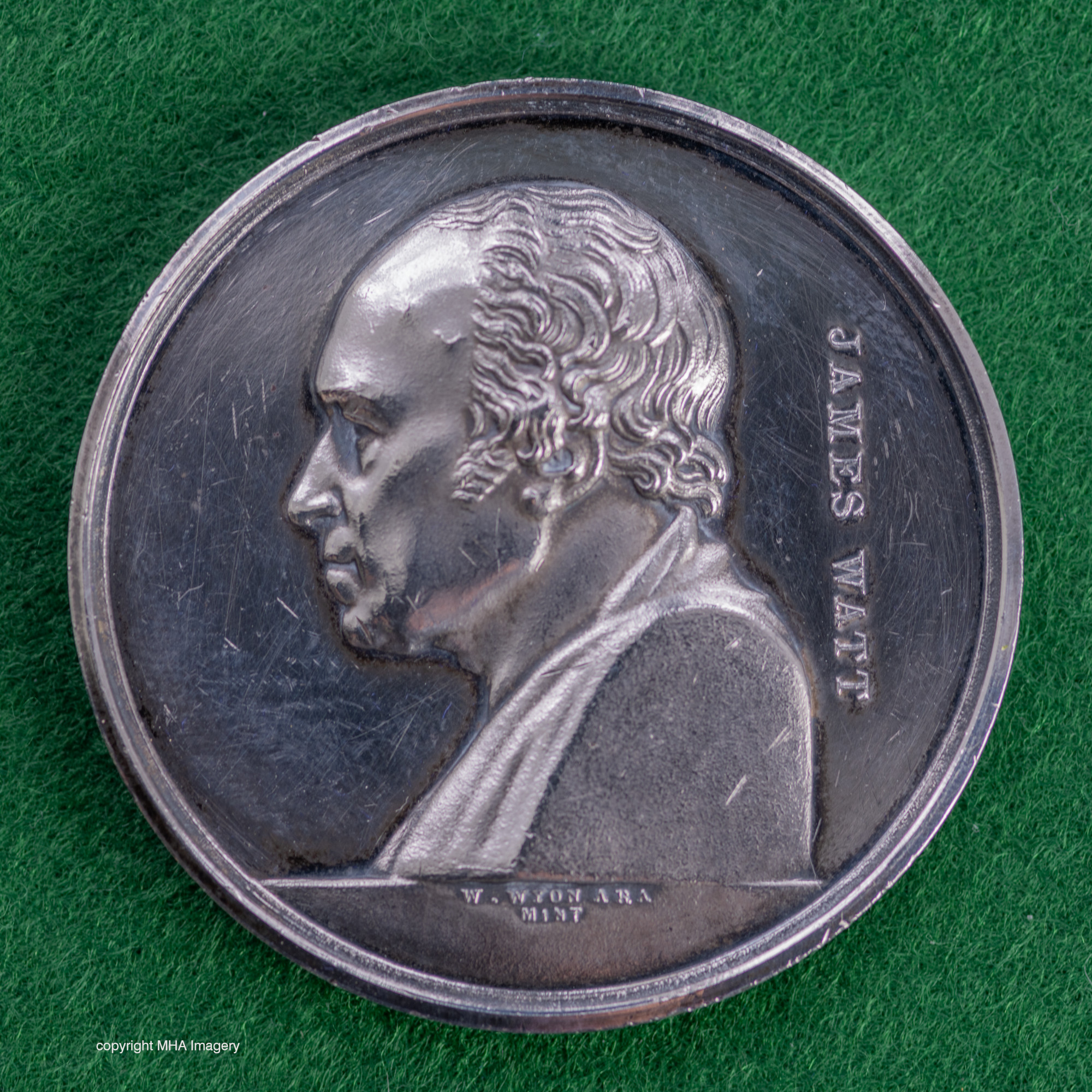
Medals At The Poly
By Michael Carver
The first President of The Royal Cornwall Polytechnic Society (now The Poly) was Sir Charles Lemon of Carclew. By 1835 the Polytechnic Hall had been built, and the exhibitions proved popular immediately – as did the prizes: Silver or Bronze medals designed by William Wyon, chief engraver at the Royal Mint.
